Pindos (historical data)
The name Pindos, although mentioned by our ancient tragic poets and historians such as Aeschylus, Pindaros, Sophocles, Herodotus, Xenophon etc., takes for the first time the geographical form that we attribute to it until today in the period of the Greco-Roman times according to Strabo.
Herodotus and Xenophon even inform us in their `Hunting` books about the wild fauna of the area, which included lions, panthers, lynxes and bears.
The etymological name Pindos (suffix -indos) characterizes the pre-Hellenic words and specifically is of Pelasgian origin. It is used mainly to designate names of plants of the Mediterranean flora, such as kindos and lindos. The Pind- theme is found beyond male names, but also as a geographical designation in mountains , rivers and cities. The important point is that we find it as an adjective in all three genders. I wonder why this would happen?
Probably the use of the term Pindos had the character of a surname accompanying the name and in the course of time it became essentialized. But as an adjective it seems to have had a religious character which probably meant the divine, the sacred..
Geologically, the Pindos mountain range is a continuation of the Dinaric Alps, which dominate the entire western zone of the Balkan Peninsula, of which the northern end can be defined as the plateau of Korica in south-eastern Albania and the southernmost point as the Gulf of Corinth. The whole of this endless complex of mountains, peaks, highlands, valleys and gorges that crosses the Greek mainland in a north-west-south-east direction is more than 300 km long, with all its peaks exceeding 2000 metres and reaching up to 2637 metres, the highest].
Modern geographical references, although identifying the above-mentioned mountain system with Pindos, often define its northernmost extension as Mount Gramos on the Greek-Albanian border, rather than its geological boundaries, which are located on the Korytsa plateau. We cannot fail to recognise here a perception which is inspired by the concept of a national space whose geographical dimensions are defined on the basis of a spatio-temporal perspective shaped by a specific national ideology. This has resulted in the uncritical and often unfortunate reintroduction of ancient names.
Consequently, both the name Pindos and the names Tymfi, Lygos, Lakmos, Kerketion, etc. given to the individual mountain ranges that make up or frame the great mountain range, are a legacy of the scholarly tradition imposed through the administrative and educational mechanisms, thus exacerbating the confusion that has existed for centuries with regard to this area.
A characteristic of Pindos which is rarely recorded in official history, but which is a constant component of the historical events in Greece. From prehistoric times until the end of the Middle Ages, the great mountain range was a mountainous channel that either isolated or connected the Balkan historical adventure with the area of classical Greece, either by holding back for some periods of time the peoples that the Balkan dominoes washed up on its mountain peaks before finally delivering them to Hellenism, or by turning the Greek historical adventure northwards towards the Balkan peninsula.
For example, the most important tribes, which later formed the main body of the Greeks of historical times, coming during the prehistoric period from the northernmost parts of the Balkan peninsula, had settled for a long period of time in southwestern Illyria, western Macedonia, northwestern Thessaly and Epirus in areas on or adjacent to the present central or northern Pindos. Here their dialectical differentiation took place, a process directly linked to their phylogeny, and so now as Ionians, Aeolians, Arcadians, Boeotians, Dorians, and a host of other names later invaded Greece. Exactly the same would happen during the dark ages of the Middle Ages, i.e. between the 7th and 10th centuries, an era quite sparse in terms of historical sources but decisive for the ethnogenesis of the majority of today`s peoples of the Balkan peninsula.
